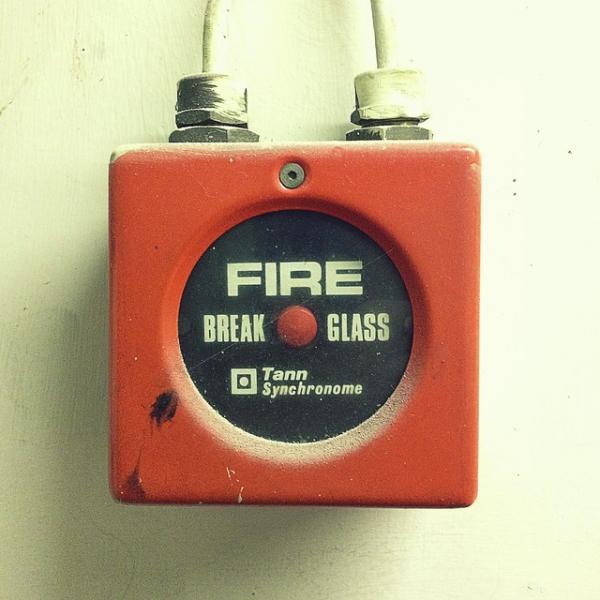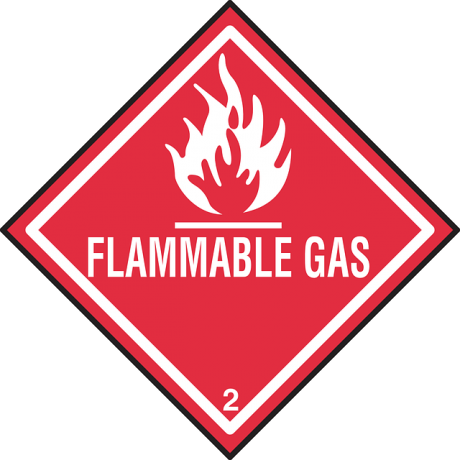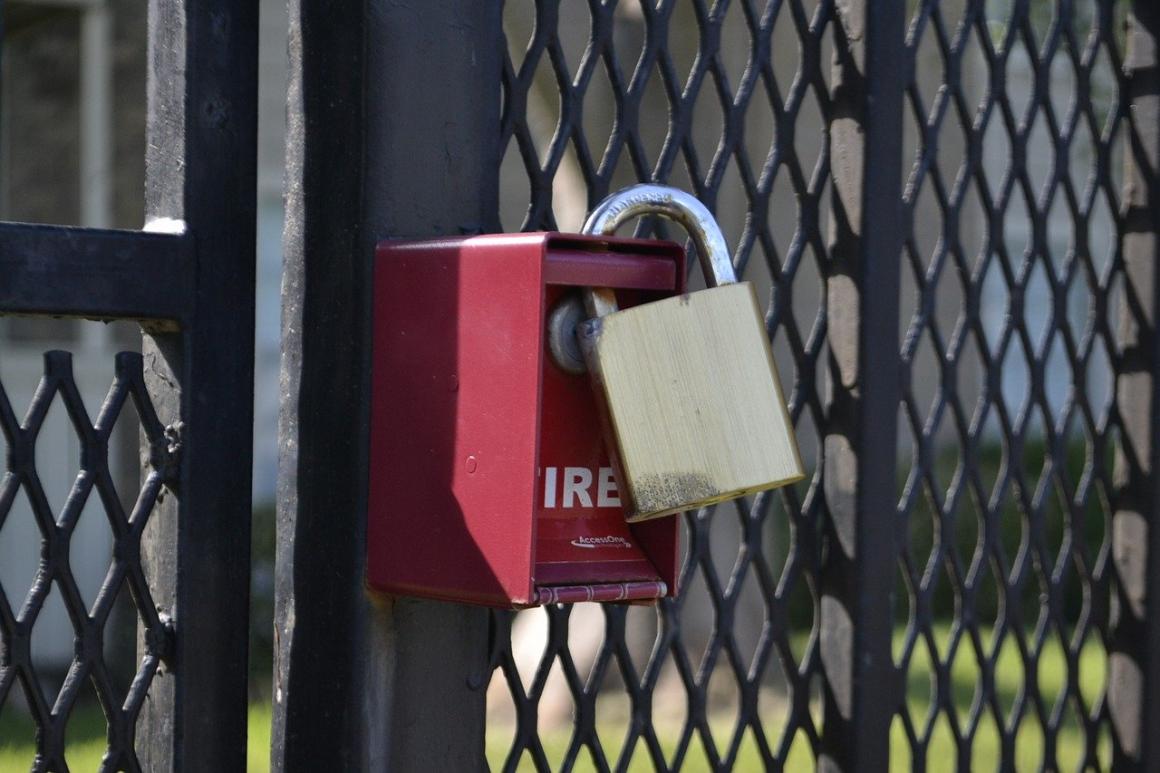Reducing the Risk of Fire

Fire needs a source of ignition, fuel and oxygen to continue burning. With oxygen being in the air we breathe, it is important that we have an awareness of keeping potential sparks and fuel separated so we minimise the chance that we will be affected.
Fire is a hazard that could affect any one of us, and due to the rate at which it spreads its effects are often devastating.
Whilst we can’t completely eliminate the risk of a fire breaking out, we can all take steps to reduce the risk.
In the workplace or public buildings in Milton Keynes, there are strict health and safety regulations that have to be adhered to and these include implementing a suitable fire risk assessment.

Workplace Fire Hazards
In the workplace, a Fire Risk Assessment begins with the identification of any fire hazards and possible ignition sources and material that might fuel a fire, such as:
- Smokers’ material, e.g. cigarettes, matches and lighters;
- Naked flames, e.g. candles or gas or liquid-fuelled open-flame equipment;
- Electrical, gas or oil-fired heaters (fixed or portable);
- Hot processes, e.g. welding by contractors or shrink wrapping;
- Cooking equipment;
- Faulty or misused electrical equipment;
- Overheating cables and equipment, e.g. due to overloading circuits, bunched or coiled cables or impaired cooling fans;
- Incorrect installation or use of equipment;
- Little or no maintenance and testing of equipment;
- Damaged or inadequate insulation on cables or wiring;
- Combustible materials being placed too close to electrical equipment, which may give off heat even when operating normally, or may become hot due to a fault;
- Arcing or sparking by electrical equipment;
- Embrittlement and cracking of cable sheathing in cold environments;
- Bunched cables passing through insulation which can generate excessive heat; and
- Impaired cooling fans
- Lighting equipment, e.g. halogen lamps or display lighting too close to stored products;
- Hot surfaces and obstruction of equipment ventilation, e.g. office equipment; and
- Arson.
- Indications of ‘near-misses’, such as scorch marks on furniture or fittings, discoloured or charred electrical plugs and sockets, cigarette burns, etc., can help you identify hazards which you may not otherwise notice.
Anything that burns is fuel for a fire. You need to look for the things that will burn reasonably easily and are in enough quantity to provide fuel for a fire or cause it to spread to another fuel source. The Fire Risk Assessment on your Milton Keynes or Northamptonshire premises will identify any sources of fuel, such as:
- Packaging materials, stationery, advertising material and decorations;
- Plastics and rubber, such as video tapes, polyurethane foam-filled furniture and polystyrene-based display materials;
- Textiles and soft furnishings, such as hanging curtains and clothing displays;
- Flammable-liquid-based products, such as paints, varnishes, thinners and adhesives;
- Flammable liquids and solvents, such as white spirit, methylated spirit, cooking oils and disposable cigarette lighters;
- Flammable chemicals, such as certain cleaning products, photocopier chemicals and dry cleaning that uses hydrocarbon solvents;
- Waste products, particularly finely divided items such as shredded paper and wood shavings, off cuts, and dust; and
- Flammable gases such as liquefied petroleum gas (LPG).

COVID-19 Update
During the COVID-19 pandemic, business owners in Milton Keynes are a lot more aware of who is entering the business premises at any given time, and the current risk assessment measures should reflect this.
Covid-19 is affecting the way we are using our premises, but Fire Safety Law still applies. The provisions of the RR(FS)O 2005 have not been removed or reduced during the current situation. Self-closing fire doors are installed in most places to create fire barriers and compartments, creating safe escape routes, and preventing the spread of fire and smoke. Businesses should not be artificially holding open these doors for fear of having employees touching them. Likewise, if furniture has been removed from some offices to create more space, it is important that it is correctly and safely stored, and not blocking escape routes and stairwells. Many premises are creating one-way systems, it is important that these measure do not affect travel distances and times. ISE Fire’s Fire Risk Assessor is able to advise on all aspects of fire safety during this pandemic.
Best Practice Safety Guide can be located here on the Fire Industry Association website.
Fire Alarms
Fire alarms can be the most effective early warning system, alerting everyone within a building to the fact that a fire has been detected and giving them the best chance to take action and get out of the building. However, to be an effective tool, a suitable type of fire alarm needs to be properly installed, managed and maintained by a specialist contractor to ensure it is in full working order.
Whilst manual fire alarms are still used, these rely on an individual taking action to sound the alarm at a break glass point or similar. Therefore, if a fire breaks out in a remote part of the building or in the middle of the night, they are ineffective. Automatic Fire Detectors will give early warning of fire and will sound when heat and or smoke are detected by the sensors.Automatic Fire Detection gives property protection as well as life protection.
Which factors determine the suitability of Fire Alarms?
-
The size of the building
-
Number of escape routes
-
Compartmentation
-
The use of the building
-
The number of people typically inside the building
Other considerations include:
- The best course of action to take if a fire was detected
- How the fire service would be contacted
- How long it is likely to take for the fire service to arrive.
The size and use of the building along with the number of people that will typically be inside are a few of the primary considerations. Other considerations include the best course of action to take if a fire was detected, how the fire service would be contacted and how long it is likely to take for the fire service to arrive.
ISE Fire’s Fire Alarm Engineers and Fire Risk Assessor are able to advise on the most suitable fire prevention equipment for your premises. Businesses in Northamptonshire - including Wellingborough, Kettering, Northampton, Daventry, Milton Keynes, Bedford, Leicester and Oxford are serviced by ISE Fire who area able to offer Fire Risk Assessments and implementation and maintenance of Fire Alarm Warning Systems and Fire Fighting Equipment.
We hope this guide has helped you to think about the potential fire risks in your workplace, and the steps you can take to avoid disaster.
If you have questions, get in touch with us to talk through the needs of your business.
Call us on 01933 677125 or fill in the quick online form to discuss your Fire Safety needs today!
Index